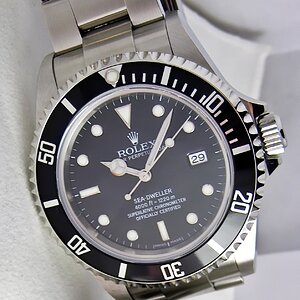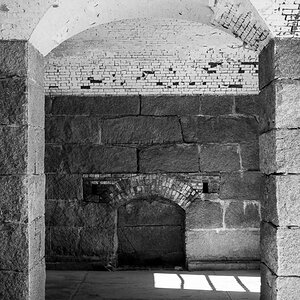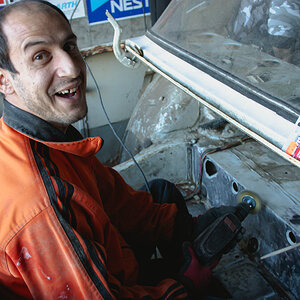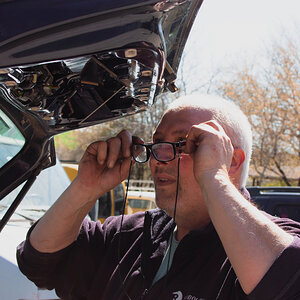- Joined
- Oct 4, 2011
- Messages
- 10,726
- Reaction score
- 5,467
- Website
- sm4him.500px.com
- Can others edit my Photos
- Photos OK to edit
Finally got an off-camera flash, a Yongnuo 560. I've had almost no time to practice doing anything with it, but one thing I've discovered quickly is that the thing takes the batteries I put in, chews them up like candy and spits them out.
So every time I finally have a few minutes to go outside and practice shooting some birds, it turns out, the flash doesn't work. Dead batteries.
I've been using regular old Duracell or Energizer batteries, because I was too uneducated about flashes to know what a bad idea that was. In another recent thread, I just saw some other possibilities, but I have to admit, I'd never even heard of some of them. Pixel battery packs? Eneloops?
So, what's your recommendation for a good battery for the flash that will give me a bit more "flash for my buck" than regular batteries? Will just regular Duracell or Energizer NiMH batteries work better? Or do I need to throw yet more money at the photography monster in my house, for some specialized batteries?
I'm not a pro, and don't even play like one on Facebook. I don't really do portrait photography (other than just a bit to learn how). I'm mostly using the flash to improve my bird and other nature photography, experiment with a little pseudo-macro or water drop stuff, things like that. So, I don't need PRO equipment, and if my flash fails it will disappoint only ME, not paying clients. But I'd still like to not have to change the batteries every single time I use the durn flash!
So every time I finally have a few minutes to go outside and practice shooting some birds, it turns out, the flash doesn't work. Dead batteries.
I've been using regular old Duracell or Energizer batteries, because I was too uneducated about flashes to know what a bad idea that was. In another recent thread, I just saw some other possibilities, but I have to admit, I'd never even heard of some of them. Pixel battery packs? Eneloops?
So, what's your recommendation for a good battery for the flash that will give me a bit more "flash for my buck" than regular batteries? Will just regular Duracell or Energizer NiMH batteries work better? Or do I need to throw yet more money at the photography monster in my house, for some specialized batteries?
I'm not a pro, and don't even play like one on Facebook. I don't really do portrait photography (other than just a bit to learn how). I'm mostly using the flash to improve my bird and other nature photography, experiment with a little pseudo-macro or water drop stuff, things like that. So, I don't need PRO equipment, and if my flash fails it will disappoint only ME, not paying clients. But I'd still like to not have to change the batteries every single time I use the durn flash!








![[No title]](/data/xfmg/thumbnail/34/34040-14af4007923299ad46d35fc110d0faad.jpg?1619736250)





